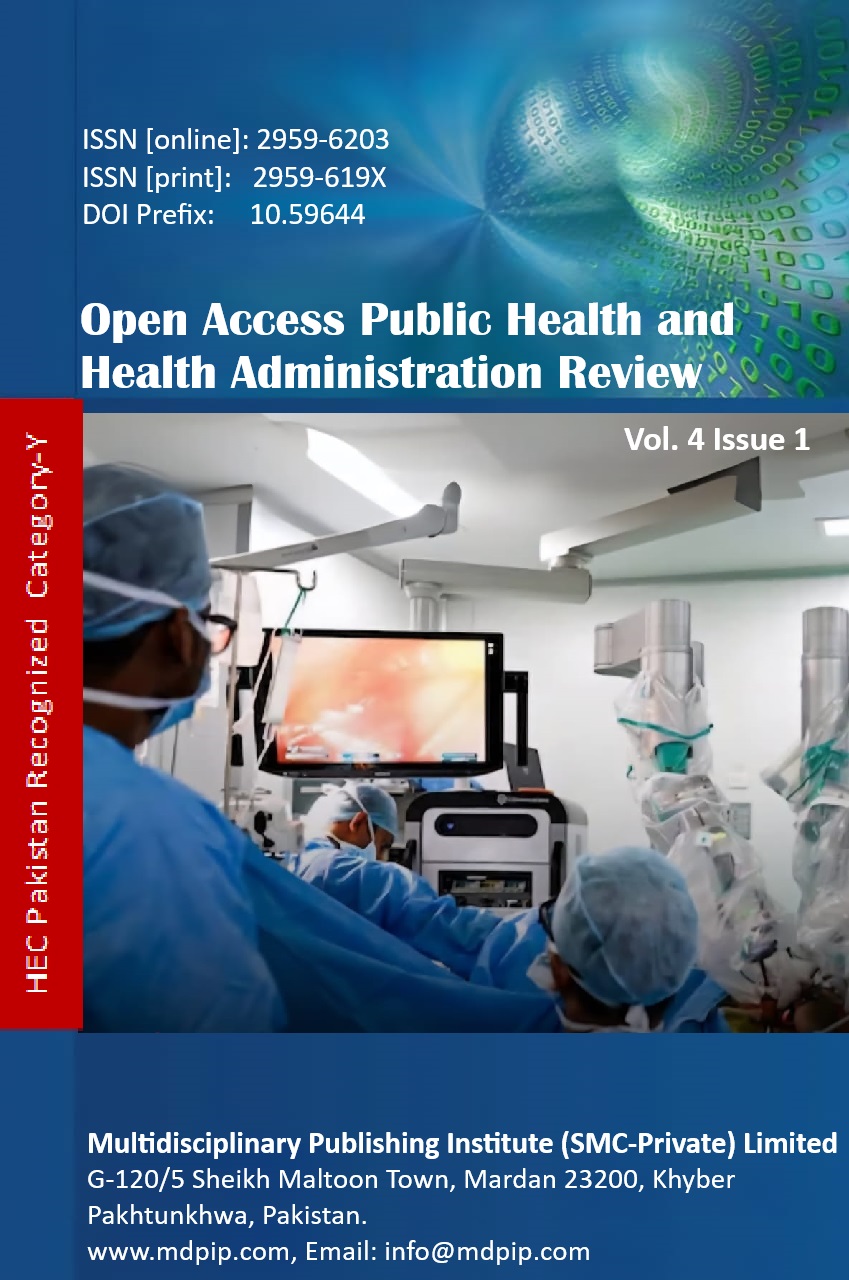Acne Vulgaris among Youth: Its Prevalence, Knowledge, and Lifestyle Association
DOI:
https://doi.org/10.59644/oaphhar.4(1).219Keywords:
Acne Vulgaris, Youth, Prevalence, Knowledge, Lifestyle Association, Narrative AnalysisAbstract
Acne vulgaris, a common skin condition, causes social anxiety and emotional distress, particularly among young people aged 15-30. With its increasing global prevalence, it's crucial to educate the public, especially youth, about this disease. This study aimed to assess the basic knowledge of acne vulgaris among young adults and to review its prevalence and association with lifestyle factors. The research involved an observational study and an 18-question survey, which covered participants' demographics, their understanding of acne's causes and effects, and their knowledge of its treatments and management. Conducted among 182 medical students, the study found that while 59.1% had a good understanding of the disease and its causes, a significant portion (37.6%) was poorly informed about its prevalence and effects. The results highlight a continued lack of awareness about acne and the potential complications of untreated cases, indicating a need for greater community education. This narrative review aims to provide a quick and easy-to-understand resource to help individuals better grasp the fundamentals of acne vulgaris and its outcomes, thereby enhancing awareness within the community.






